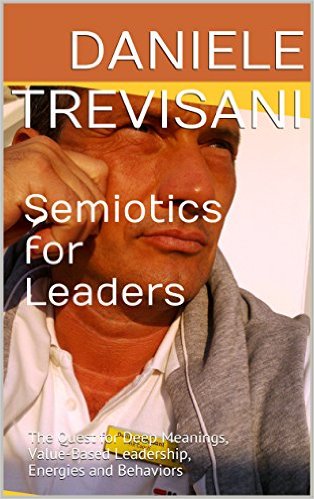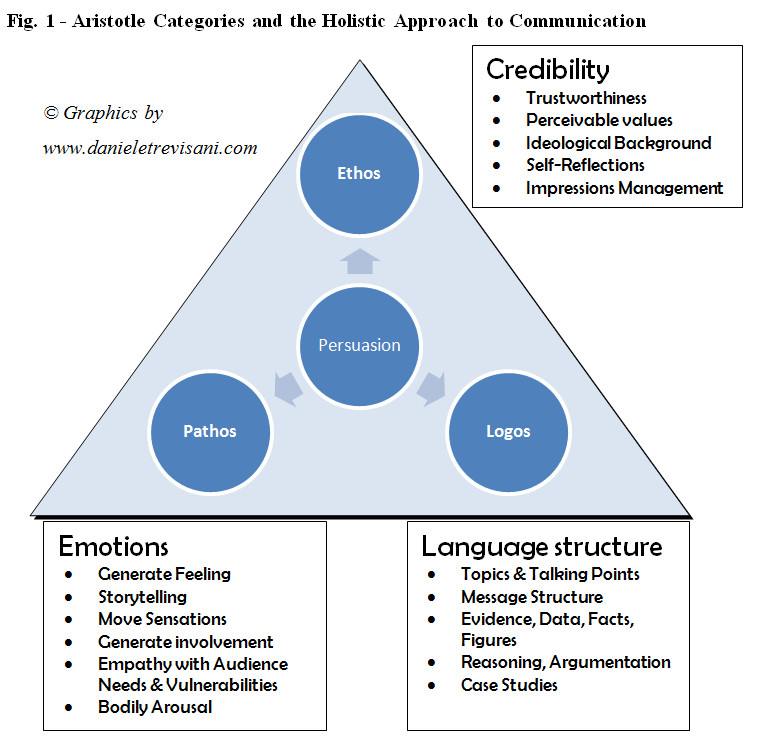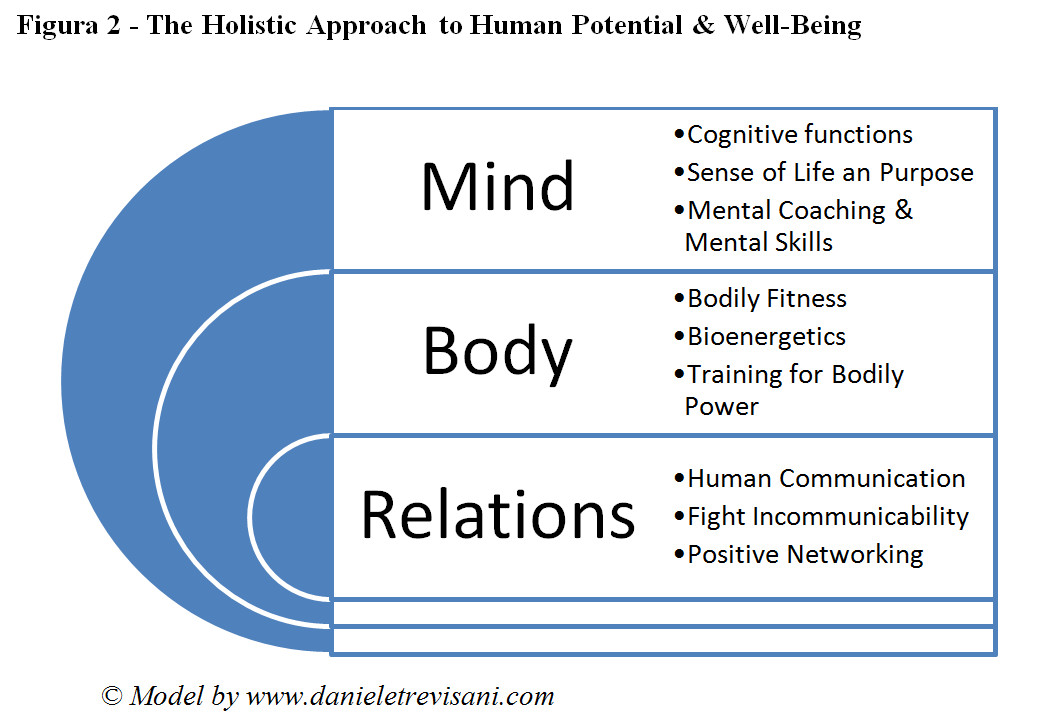 © Article by Daniele Trevisani, from the book “Semiotics for Leadership” (see in Amazon more details about the book)
© Article by Daniele Trevisani, from the book “Semiotics for Leadership” (see in Amazon more details about the book)
_____________
SEMIOTICS FOR LEADERSHIP: A NEW APPROACH
THE EXA-LEADERSHIP MODEL® FOR HUMAN PERFORMANCE & LEADERSHIP MODELING
“People travel to wonder
at the height of the mountains,
at the huge waves of the seas,
at the long course of the rivers,
at the vast compass of the ocean,
at the circular motion of the stars,
and yet they pass by themselves
without wondering ”
St. Augustine of Hippo
Semiotics is the Science of Signs, Symbols, Meaning Communication, the science of secret Codes, the science that aims at uncoding reality.
Semiotics, also called Semiology, analyzes the functions of signs and symbols in human world and in any other system, and is the foundation of any modern communication science and Systems Science.
The roots of Semiotics can be traced back to Aristotle analysis of persuasive messages, to ancient Latin and Roman thinkers that tryied to decode how persuasive speech functioned and European philosophers from the medieval age onward.
Considered a part of philosophy, barely knowm even by academics, it has been neglected by modern psychology and management science, considered too exoteric, alchemic, and strange.
Its roots, based on a “search of meanings”, are disturbing for the narrow-minded short term-based companies cultures, and in modern eras dominated by hard data. In “fast and easy” mental diets, that search seemed too hard to be achieved.
But than, deep “crisis of meanings” arrived. The collapse of giant Multinational corporations like Enron, the “Too-big-to-fall” companies financial collapse of the Junk Bonds era, the “fall of the Giants” in the Internet Golden Age, Corporate Scandals like Volkswagen diesel engines crisis , huge catastrophes like Chernobil, Fukushima, Three Miles Island, just to mention a few.
In all of these Crises, the underlying root-cause problem was the Leaders’s lack of values, its behavioral consequences, the loss of meaning of what wise and good Leadership really is. A Value-Baesed Leadership, a Wisdom-Based Leadership mentality, was lost.
Well, when we look at any type of crisis, organizational crisis, personal crisis, and human factor crisis in a broad sense, meaning is not just something. It is everything.
Without a sense of meaning in what we do, we would not even wake up in the morning. Organizations that perceive no more meanings in what they do, dissolve quickly. Leaders whose words seem just empty talk, lose power quickly and get caught fast as bureaucrats or fake leaders rather than charismatic leaders.
From public speaking, to leadership behaviors, up to the ability to reveal codes and mysteries of mankind, semiotics is the basic discipline that can shade light where other cannot.
Its applications are so widespread that any field of human life is potentially explorable as a system of codes, signs and meanings, external behaviors and deeper intentions, external representations and inner values. And we can remember, just to mention some, that Semiotics is the science behind any type of Secret Code decoding. Therefore, it can be very useful to unlock some Secret Codes of Leadership.
This work aims on Semiotic for Leadership is the search of a new contribution to some of the yet unexplored areas of Leadership.
In a Semiotic view, it is important to identify which communication systems leaders employ to define their leadership, and therefore, a Semiotics of Leadership can really be seen as a science of the different Leadership Styles and different communication styles.
Every leader learned a different set of signs, to convey different sets of meanings and underlying values.
The Semiotic Exaleadership Models identifies the “6 Primordial Models” used by leaders to establish their status and communicate. We will get to them very soon.
As a preparation, think of symbols as “denotators” (signifiers) of some deeper and sometimes hidden meanings. Semiotics takes care of this special relationship between external symbols, signs or emblems, and deeper meanings, up to the level of what effect they can produce on people.
Can the use of a given word be persuasive? Or is it better to find another word. How will a given body language sign be interpreted by the audience? Can that uniform really convey respect? What do you have on your desk or at the walls of your house? Are you aware of the interpretation that people give to them?
Symbols can be representative of a whole world-view, such as the swastika used by the Nazis Party, or the hammer and sickle of the Communist Party. But also the body of a bodybuilder in a Gladiators movie, a symbol of power, strengths and courage. Even objects can be used to convey meanings. A luxury car or a fancy house can be used as a symbol of status, and this attempt can have the desired effects of depicting a positive image, or instead become a boomerang on relationships.
Even the red light that you see at the traffic light is a sign with much deeper meanings (stop, danger, blood).
A semiotic analysis of Leadership must therefore look at the associations between Leadership and its significant connections, such as power, status, leadership communications, understanding and misunderstandings, ability to convey powerful messages, human energies, and how they are brought out at their best, not only through words but with an entire set of tools.
________
© Article by Daniele Trevisani, from the book “Semiotics for Leadership” (see in Amazon more details about the book)


